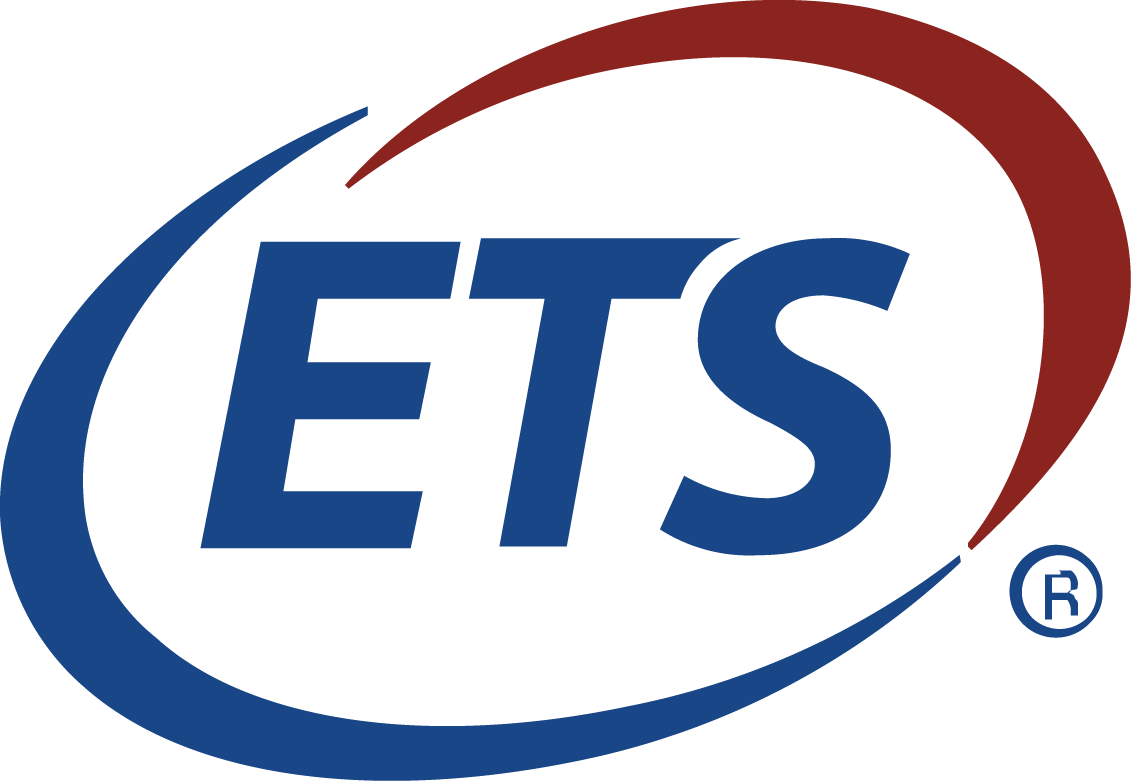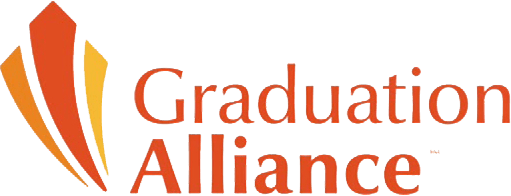Navigating the Post-ESSER Era: A District Leader's Perspective of the Future
In part 2 of a three-part discussion on the wind-down and end of federal ESSER, Addison Davis, Stategos Partner, Business Transactional Advisory, and former District Superintendent of Hillsborough County Public Schools (HCPS), offers a comprehensive district leader perspective. Davis emphasizes that with ESSER comes a certain obligation for district leaders to properly allocate federal funding toward long-term objectives that strategically improve learning well into the future.
Interestingly, many states and districts held back on obligating contracts on the final ESSER III, setting up a last-minute scenario as the September 30th deadline approaches. Apart from hasty decisions that might miss important objectives, it can create a negative signal to Congress that the money wasn’t entirely necessary. “When an inflection of federal dollars arrives, our role and responsibility [as district leaders] are to be stewards of taxpayer dollars - leverage it, use it to provide ongoing tutoring, accelerate learning by selecting and unpacking curriculum, and recruit and retain highly qualified staff to enhance our entire professional development by upskilling and training,” said Davis. “When you see districts that haven't leveraged that money, it becomes an end-of-the-year Title I wholesale deal where everyone is scrambling.”
Davis stresses that districts must understand how to leverage this money from now to September 30, 2024. “When this money is gone, can they show how it was used? What can be systemic in approach?” he asked. “The pandemic funded education properly for the first time. There is a responsibility to prove to Congress that this money made a difference in accelerating learning and addressing capital needs, as well as a longer, stronger bench of educators, counselors, and mental health professionals. When we don't spend it strategically, many questions arise: Is this money needed nationwide? I had 250,000 kids in 300 schools; we absolutely needed it, but there needs to be accountability.”
While the pandemic brought about a focus on traumatic experiences, districts found themselves transitioning from serving the whole child to the entire family. Davis explained that ESSER helped address mental health by adding more social workers, school psychologists, counselors, and mentors as sponsors, “ESSER fueled many vendor contract contracts that will potentially halt. Districts are facing a kind of financial U-turn. As they tried to accelerate learning, we saw much money spent on providing interventionists and part-time teachers. A lot of money went to summer school as well. In Hillsborough, we put over $30 million into summer school over the last couple of years to offer every learner in the organization not only remedial skills and standards but accelerate learners where they feel comfortable enough to have stackable credentials, standards, and high-level content.”
Life After ESSER
According to Davis, transformational efforts for marginalized students will most likely be emphasized in schools post-ESSER. “What doesn't get transformed gets transferred,” he reiterated. “So, a doubling down on more money reallocated for Headstart and three—and four-year-old programs looks likely.” In addition, Davis anticipates a concentration on programs that have a greater opportunity to create a pipeline farm system of students' exposure to content curriculum, mental health assistance, and more interventionists that can make a difference.
As ESSER unwinds, Davis foresees superintendents and school districts remaining busy unpacking their budgets to make informed decisions about what's worked, what didn't, and what they can do differently related to the leveraged ESSER funding. “There will be a lot of movement toward upscaling and leveraging professional development, but also an emphasis on the right curriculum with appropriate grade-level content in our schools,” he said. “It starts with defining tier one, tier two, and tier three instruction and what those buckets offer, whether it’s a blended solution, BASIL, or customized curriculum. How are we leveraging everyone on deck to meet with kids from a small group instructional perspective or a whole group to facilitate the daily growing demands in education?”
Vendor Insight
Placing his vendor cap on, Davis stresses a need to do homework on districts. “It’s important to understand their strategic priorities, community priorities, and what they're trying to accomplish,” he said. “Suppose the same patterns and trends are evolving related to literacy, safety, security, recruitment, and moving progressions academically. In that case, you must continue to be persistently in front of them.” In terms of trends, Davis sees tutoring remaining strong. “It will continue to be a priority for states and districts. High-quality, high-dosage tutoring that includes hybrid, virtual, and in-person.“
Another area that Davis feels should not be ignored is a focus on the renewal process. “It’s about customer service, implementation, and demonstrating value quarterly (even daily) in a district that provides relevance. Don't wait for the district to come to you and ask about your organizational impact; be actively engaged in showing them how you've been a thought partner.”
Davis respectfully acknowledges that while not all superintendents are in tune with the actual practices implemented in their school district, their staff is. They trust advisors and experts in the content areas of their cabinet to drive that work. “Stay connected to the superintendent, cabinet, and decision makers because they always seek an upgrade. As a superintendent, I had legacy solutions that teachers or students went numb to in my school districts. If you can demonstrate progress, it can help move the needle,” he added.
Vendors who double down on demonstrations in school districts across the states have an advantage. “It can show that they have made progress, done it, and are consistent not only through analytics. It shows districts how they've done it through formal and informal narratives and different personnel to make a difference in that space,”
Shifting back to the state and district perspective, Davis reiterates that there will still be enough money for contracts even after ESSER expires. “I remember having a budget of $3.4 billion without ESSER. There is plenty of money to accelerate outcomes.” In his eyes, leadership must selectively abandon and evaluate initiatives that do not show organizational impact. “We cannot have a copy-and-paste mentality or ignore making the hard decisions,” he said.
---------------------------------------------------------------------------------------------------------------------------------------------------------------------------
This article is designed to provide a comprehensive overview of the challenges and strategies for education leaders as they transition out of ESSER funding, drawing on the insights provided by Addison Davis, a Partner at the Strategos Group.













